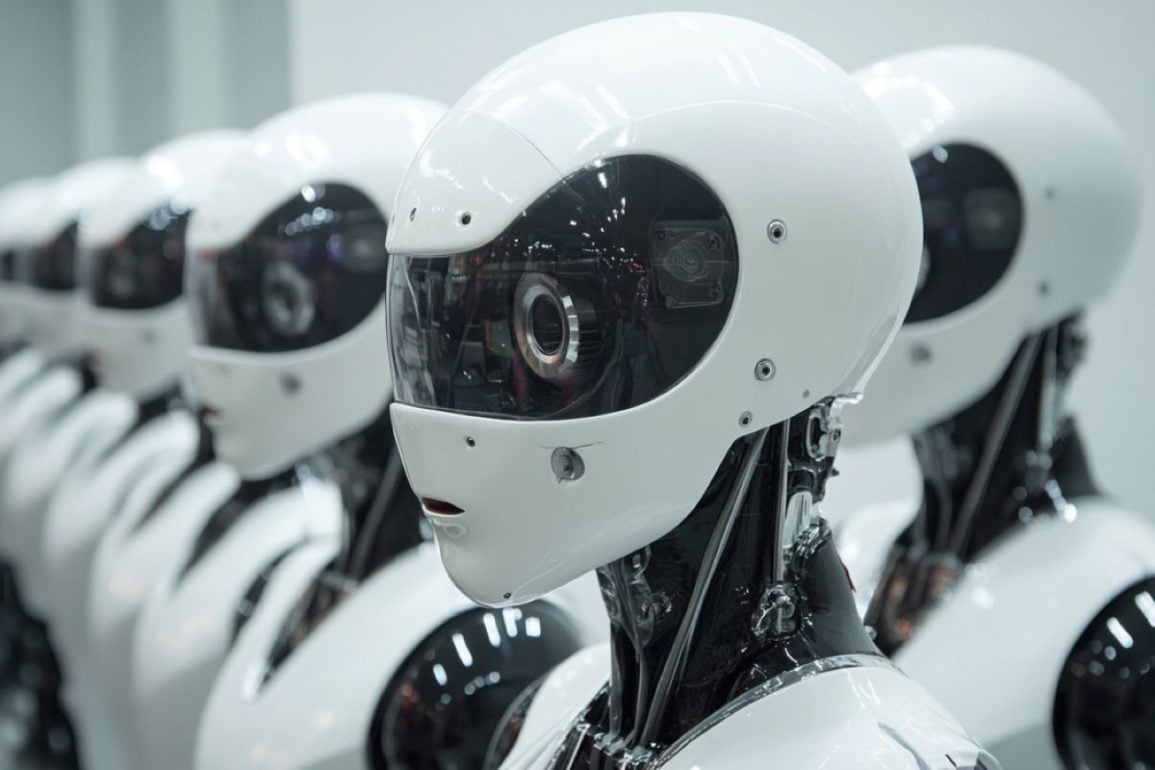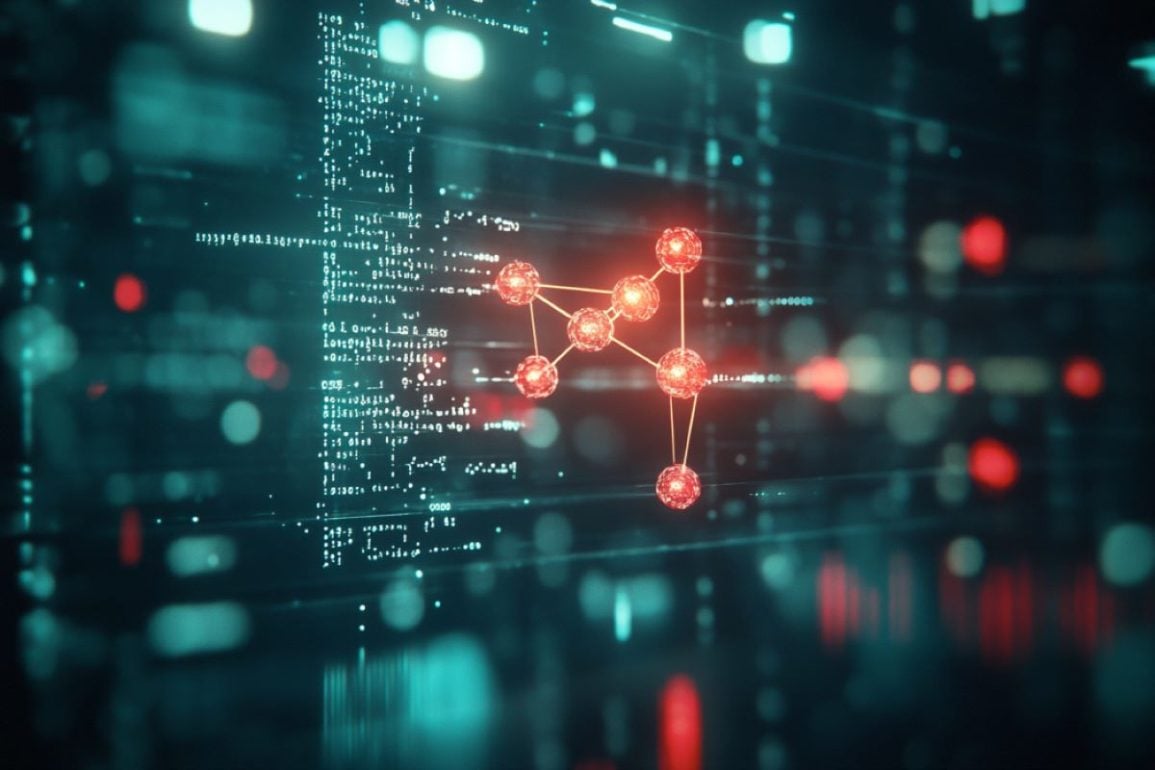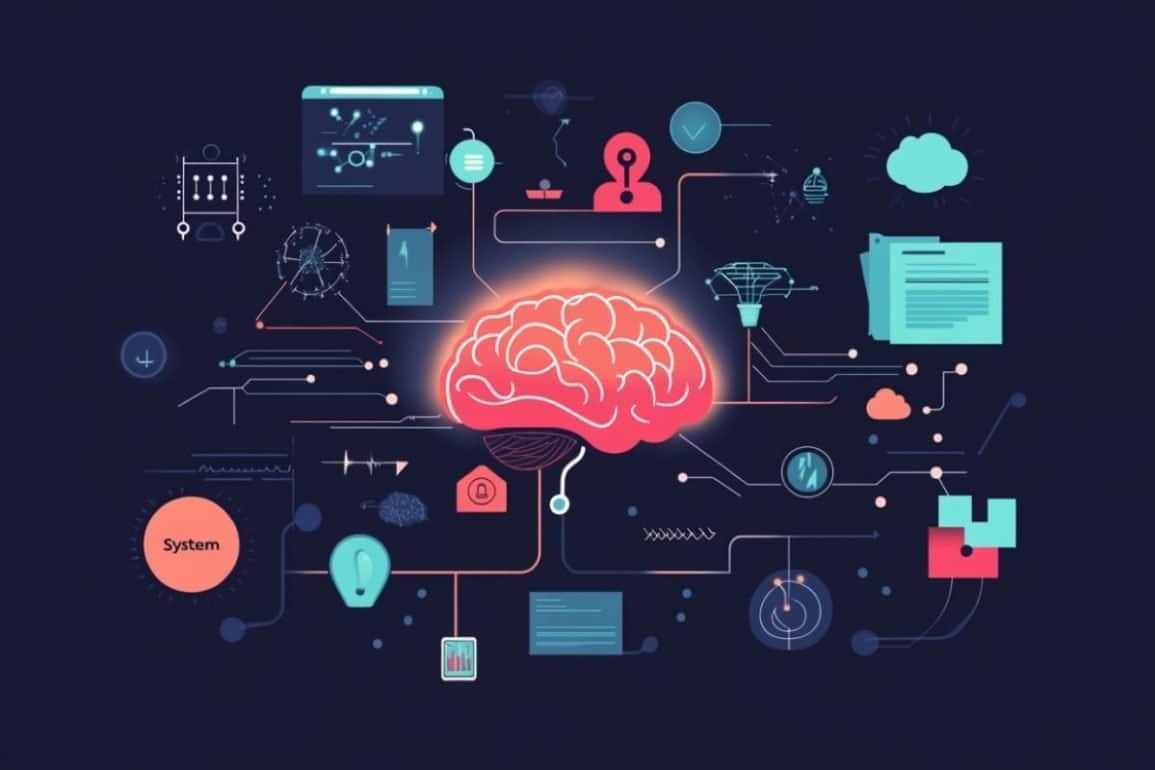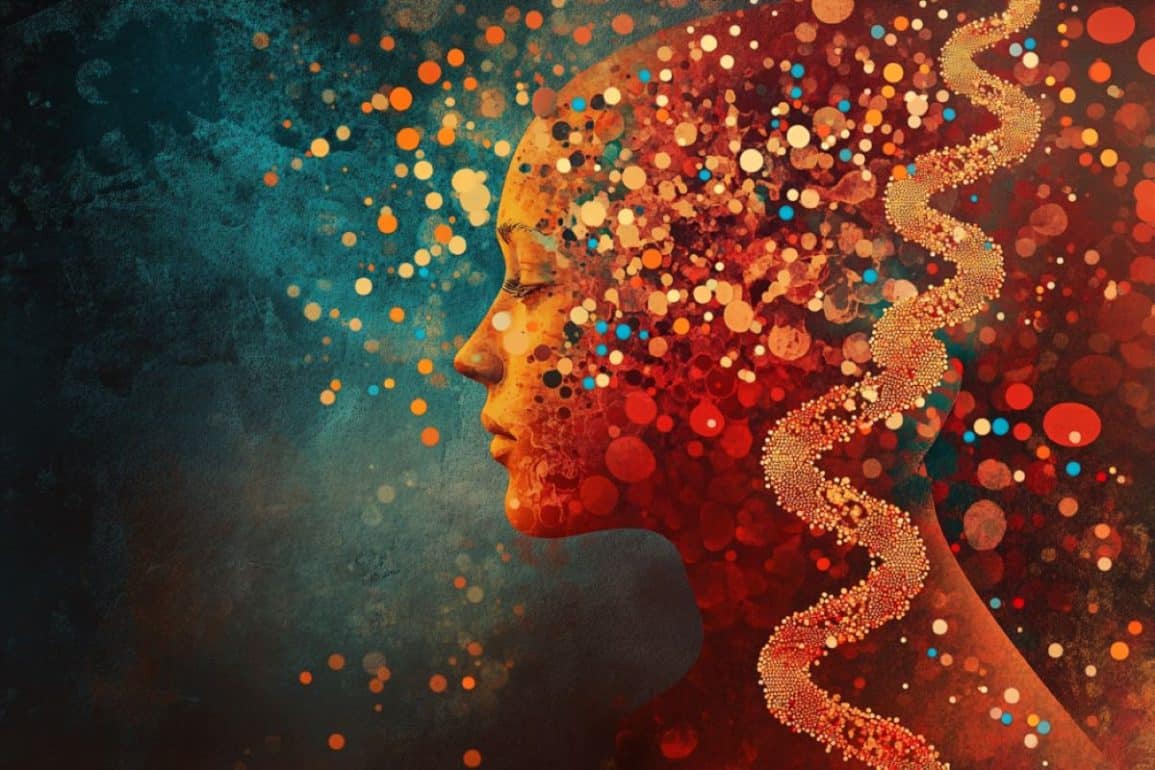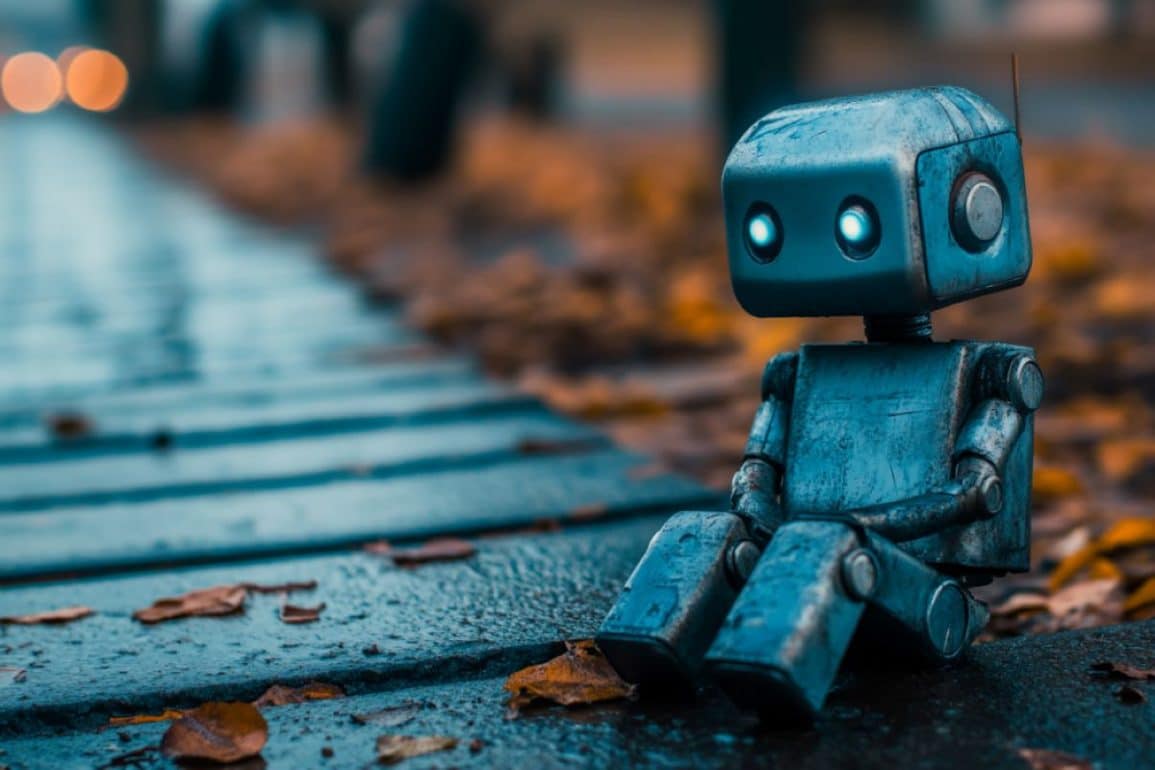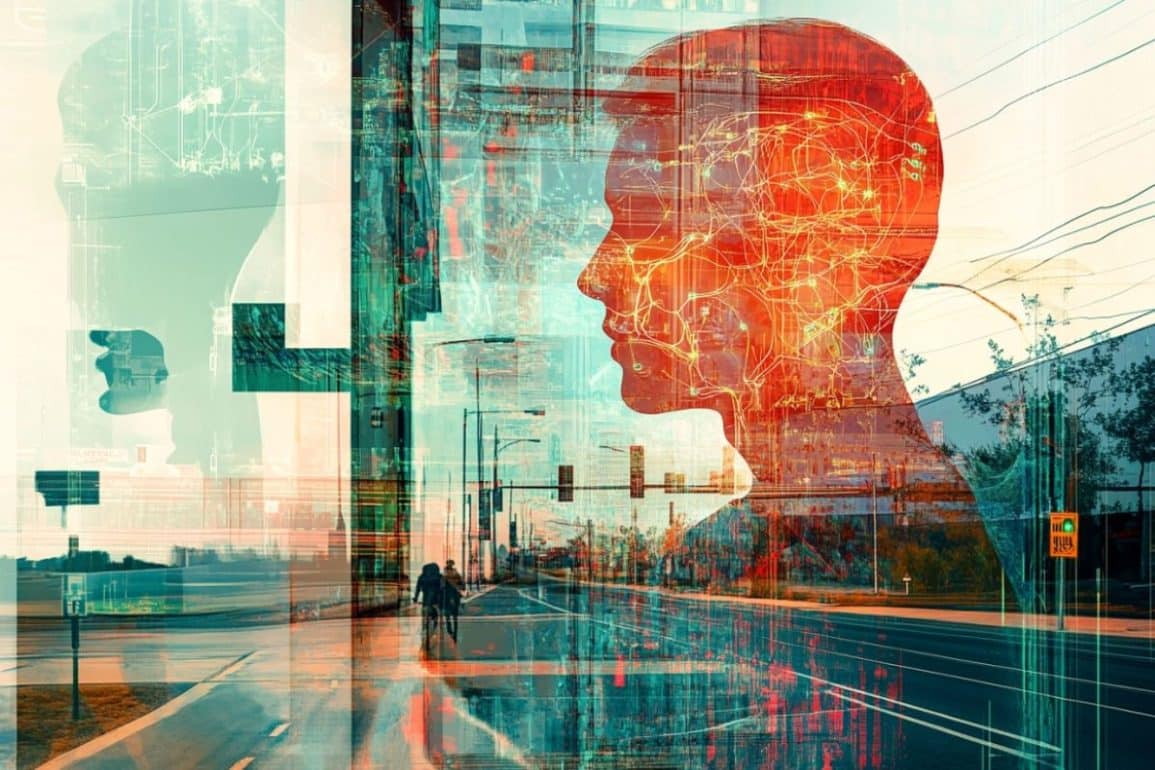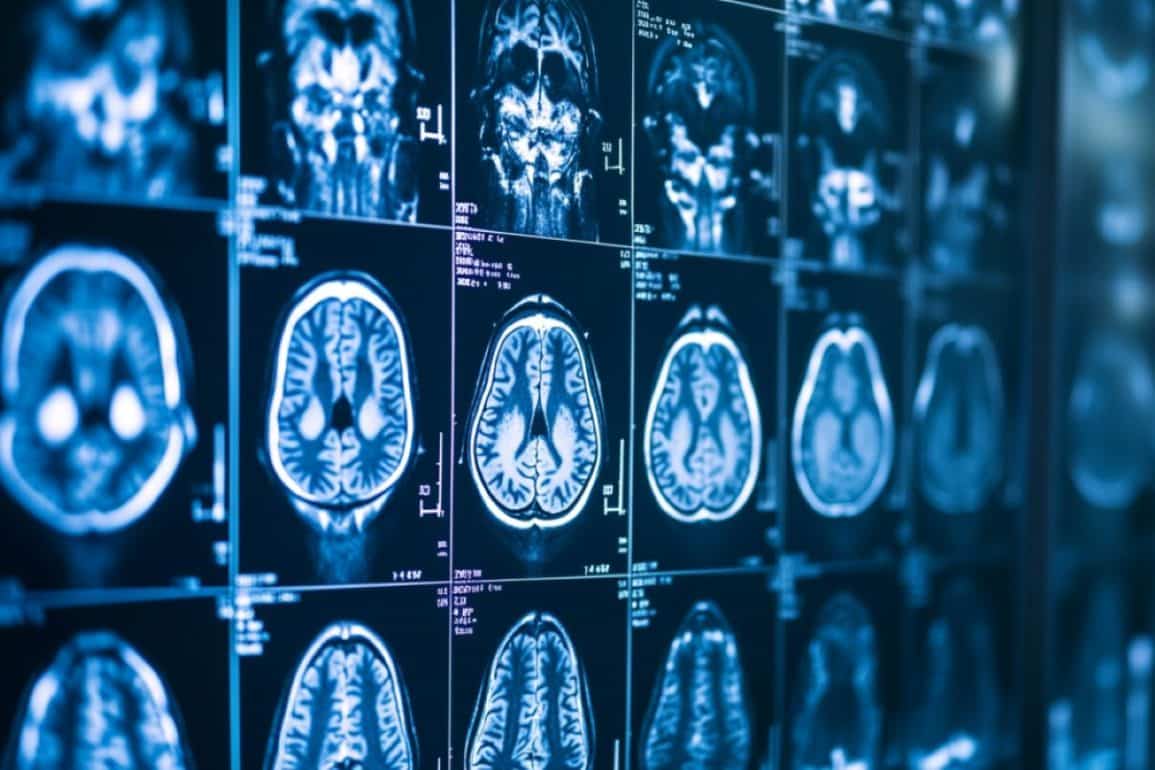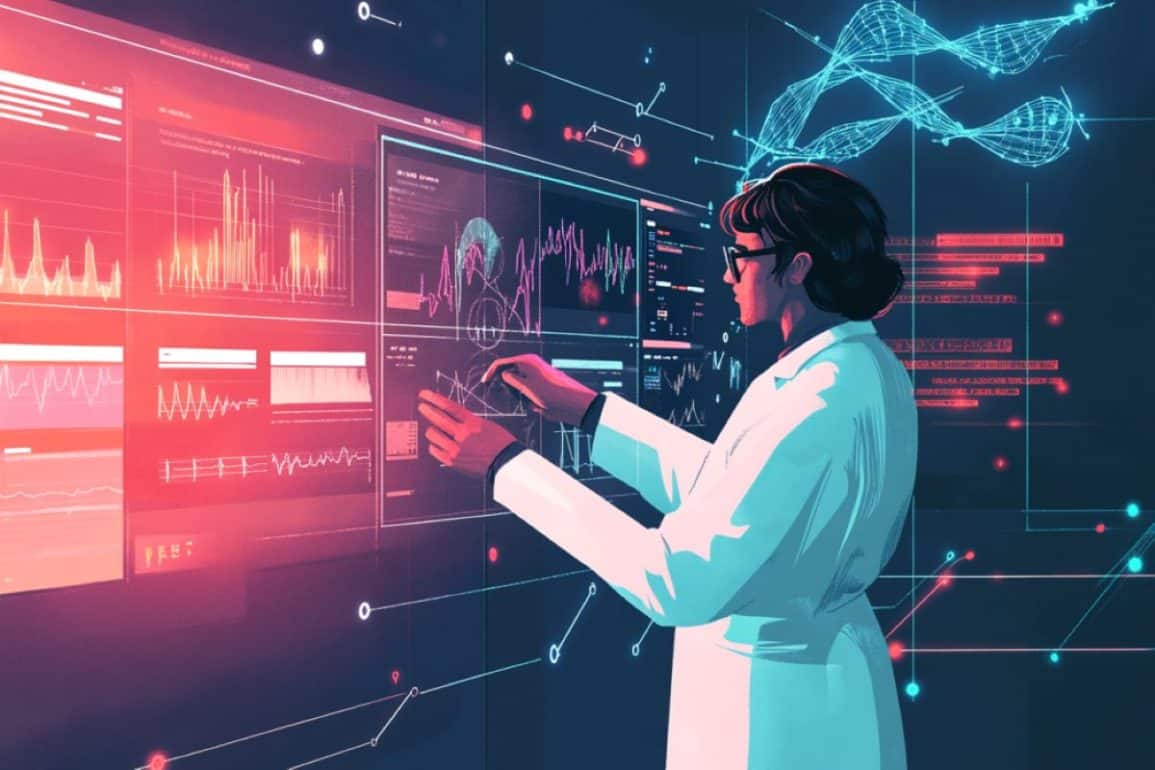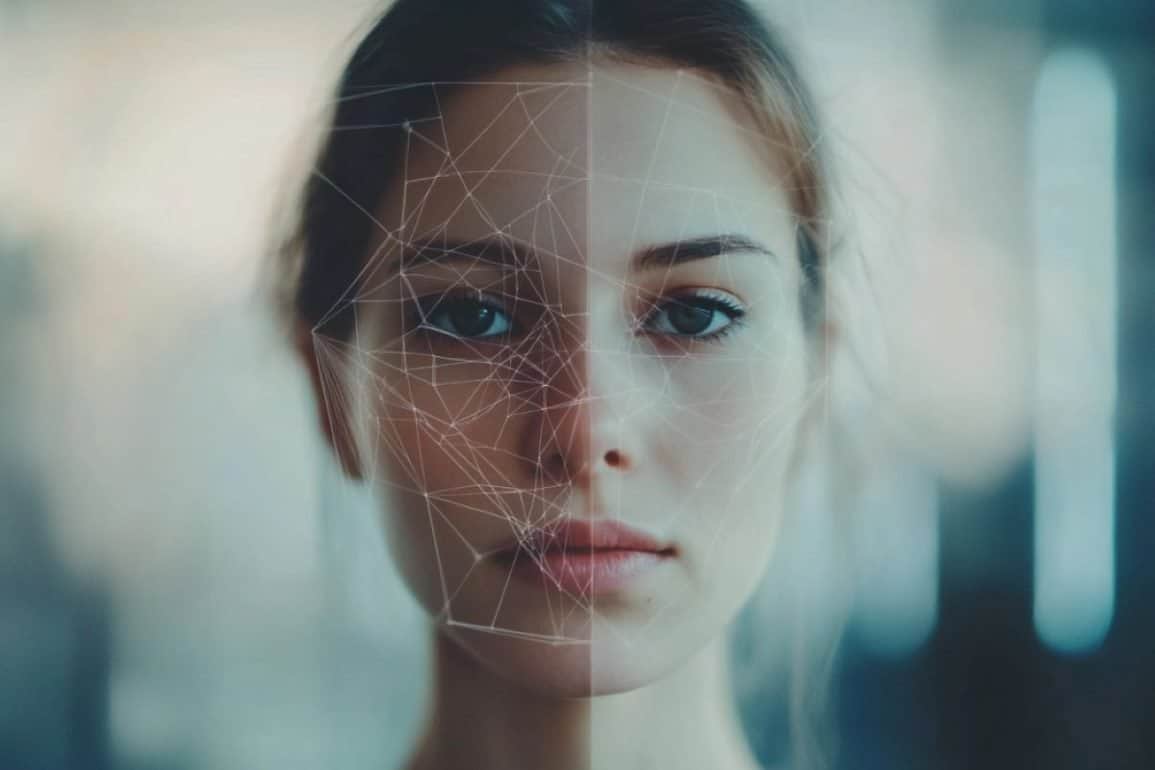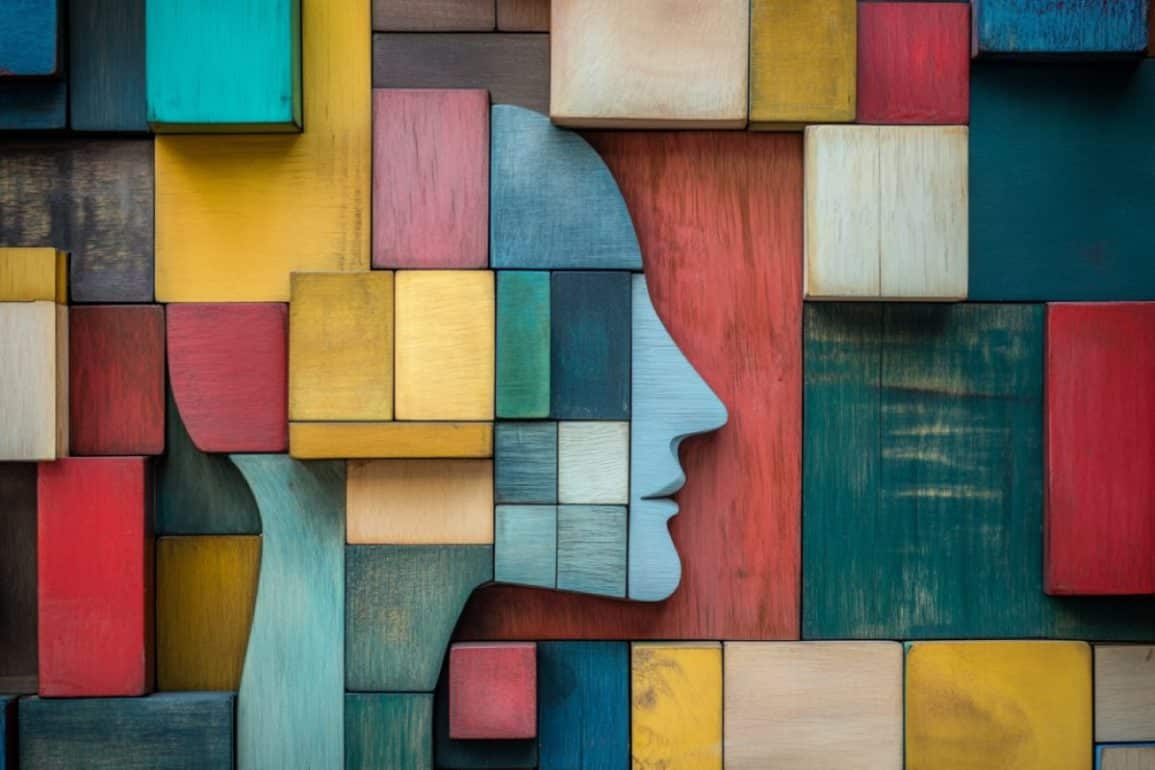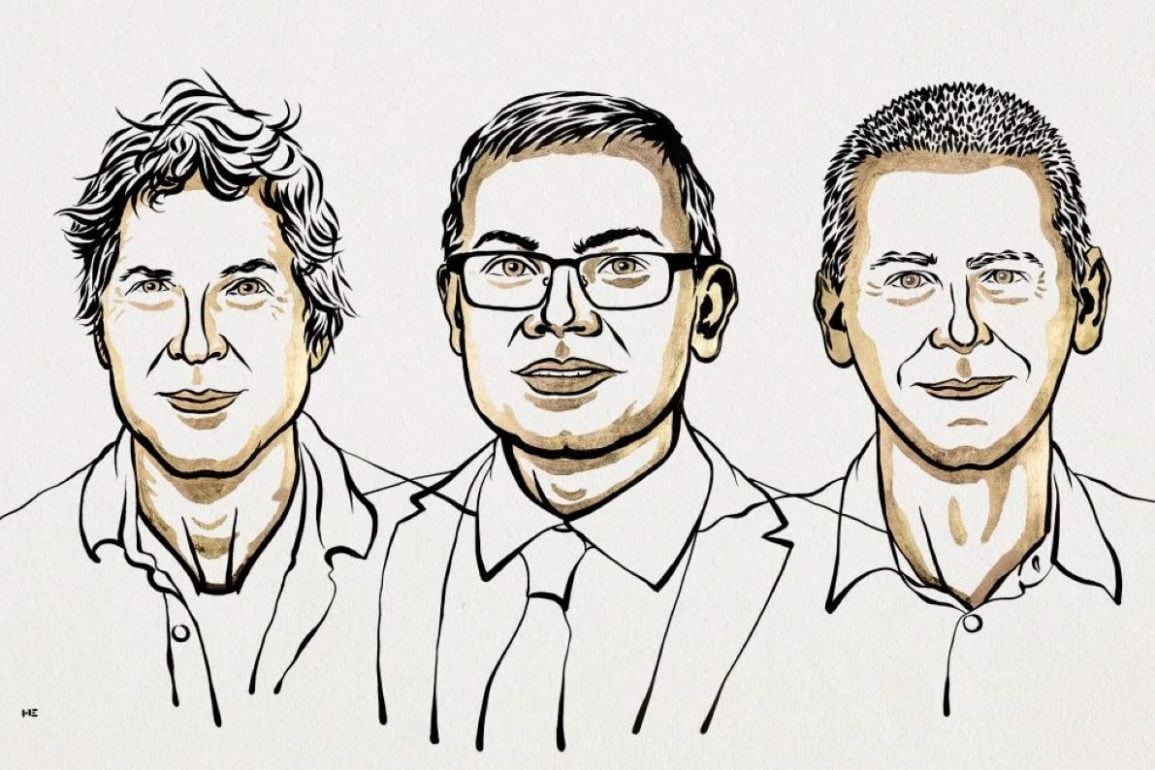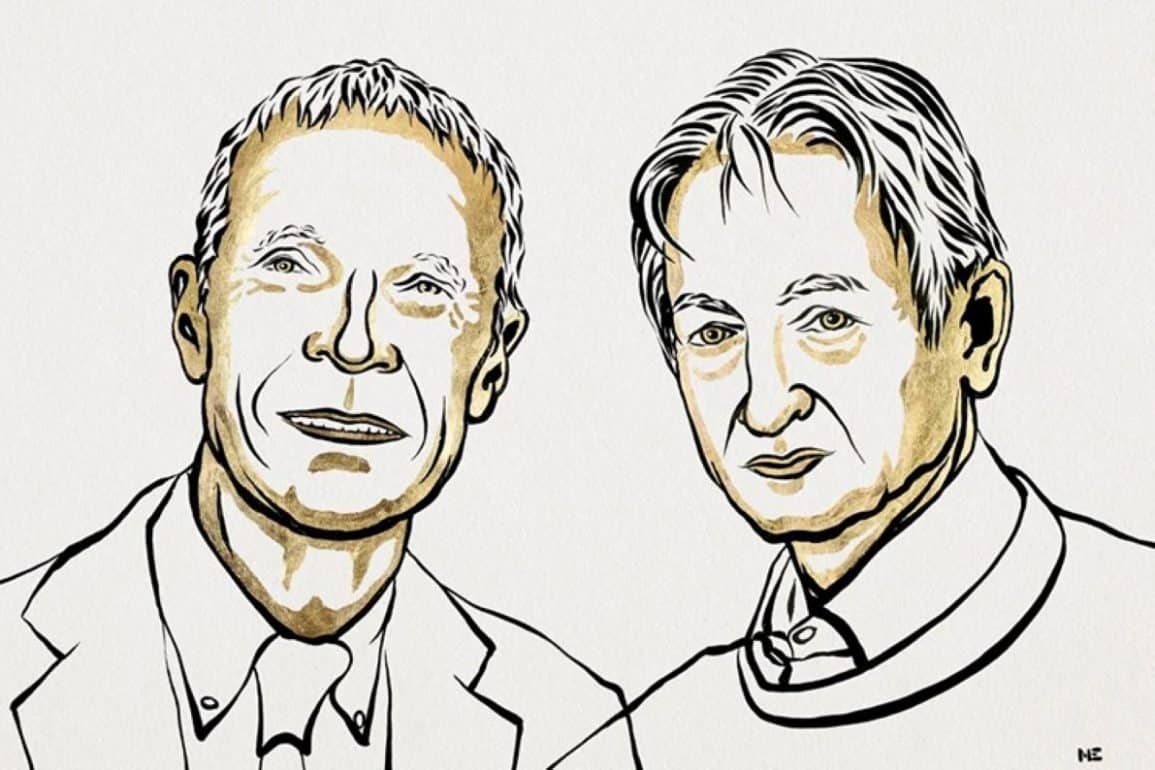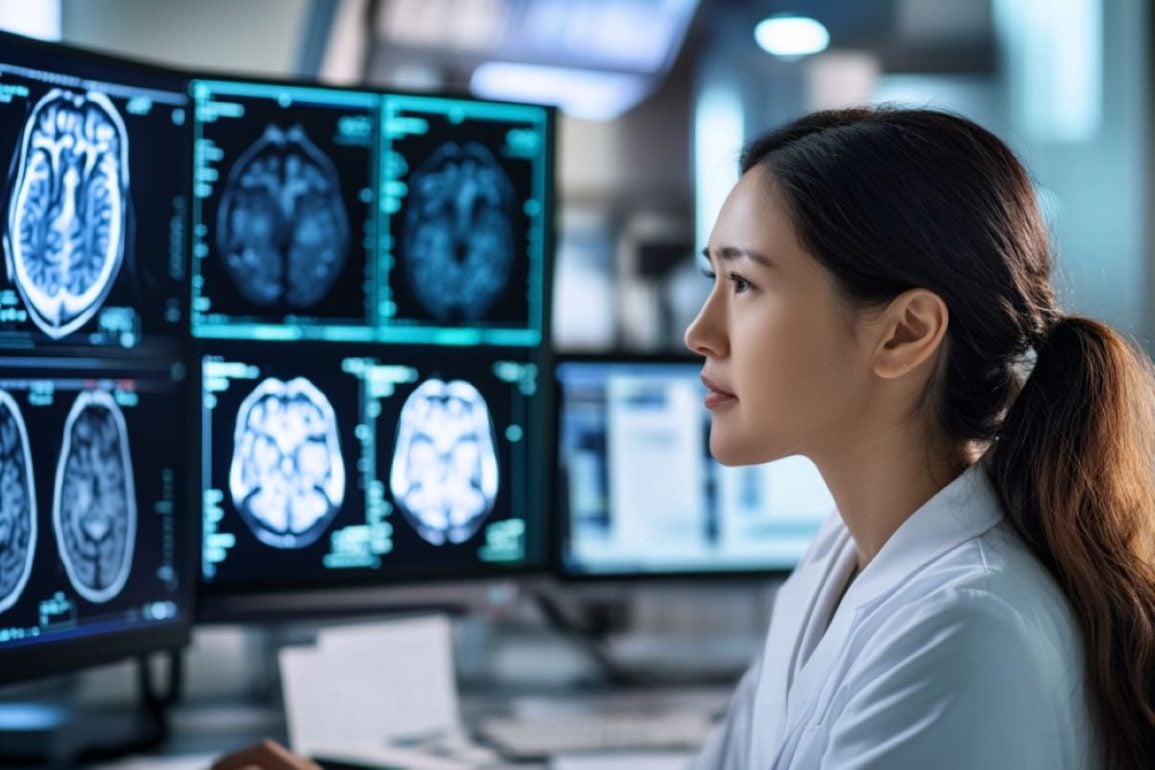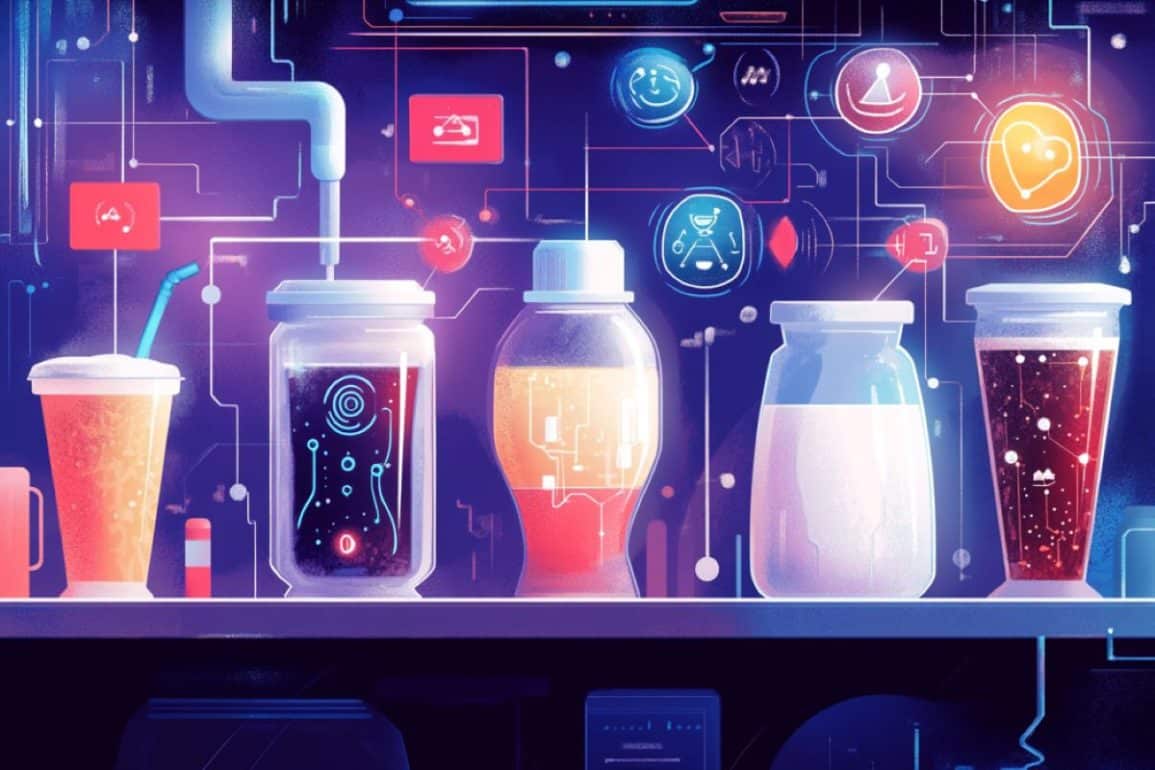
Researchers have developed an AI-powered "electronic tongue" capable of distinguishing subtle differences in liquids, such as milk freshness, soda types, and coffee blends. By analyzing sensor data through a neural network, the device achieved over 95% accuracy in identifying liquid quality, authenticity, and potential safety issues. Interestingly, when the AI was allowed to select its own analysis parameters, it outperformed human-defined settings, showing how it holistically assessed subtle data.
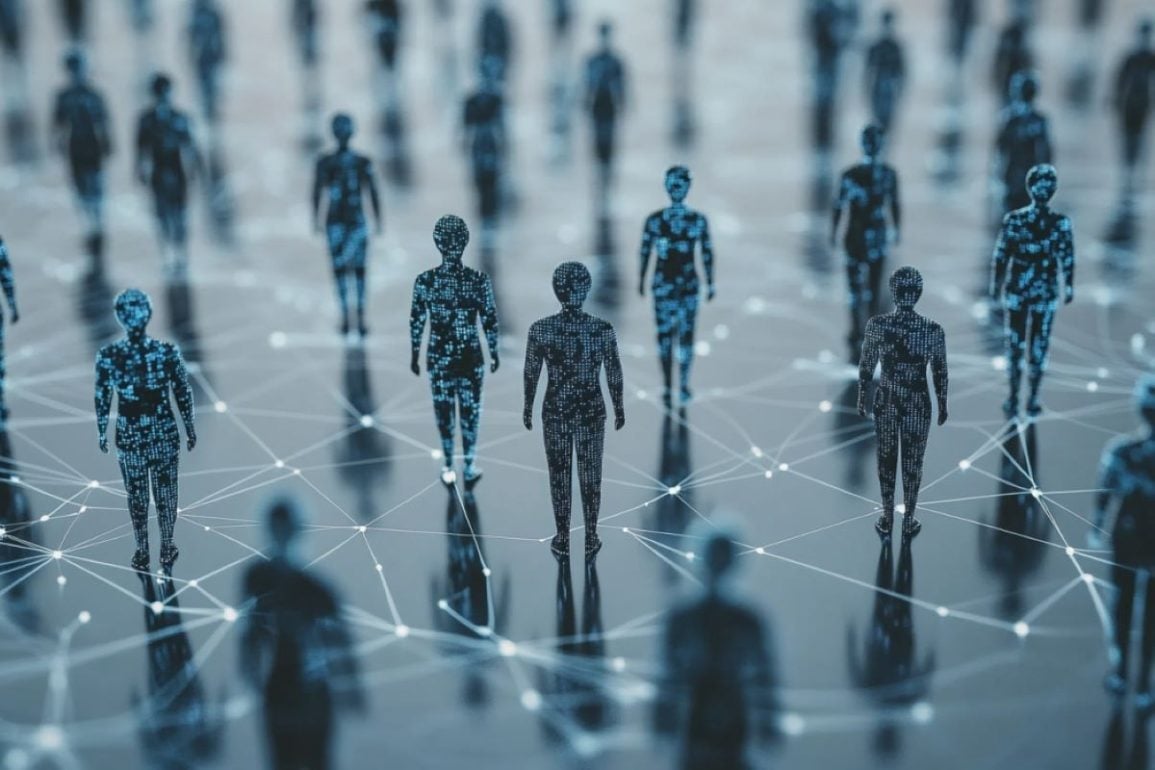 A new AI tool identified long COVID in 22.8% of patients, a much higher rate than previously diagnosed. By analyzing extensive health records from nearly 300,000 patients, the algorithm identifies long COVID by distinguishing symptoms linked specifically to SARS-CoV-2 infection rather than pre-existing conditions. This AI approach, known as "precision phenotyping," helps clinicians differentiate long COVID symptoms from other health issues and may improve diagnostic accuracy by about 3%.
A new AI tool identified long COVID in 22.8% of patients, a much higher rate than previously diagnosed. By analyzing extensive health records from nearly 300,000 patients, the algorithm identifies long COVID by distinguishing symptoms linked specifically to SARS-CoV-2 infection rather than pre-existing conditions. This AI approach, known as "precision phenotyping," helps clinicians differentiate long COVID symptoms from other health issues and may improve diagnostic accuracy by about 3%. 